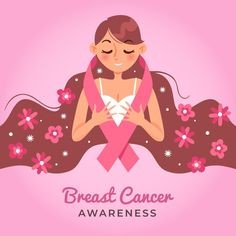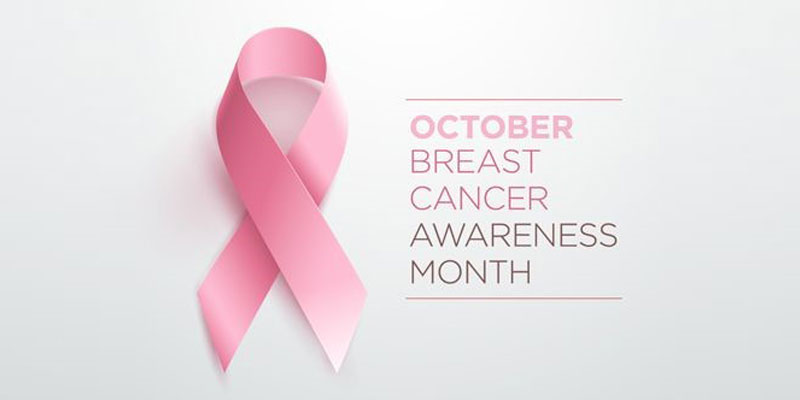Surviving breast cancer without surgery or chemotherapy greatly depends on the cancer’s type, stage, and aggressiveness. For some early-stage cancers, non-surgical treatments like hormone therapy or targeted therapy may be effective, but they are rarely sufficient alone. Skipping surgery or chemo, especially for aggressive types, significantly reduces survival chances.
As we approach Pink October, a global month dedicated to breast cancer awareness, it’s important to emphasize: don’t take unnecessary risks. Comprehensive treatment—including surgery and chemotherapy—offers the best chance for a cure. Always consult with your healthcare provider before making treatment decisions.
Why Surgery and Chemotherapy Are Critical
- Surgery: removes the tumor and lowers the risk of local recurrence. It’s the most direct way to eliminate cancer from the body, especially for early-stage cancers.
- Chemotherapy: targets cancer cells that might have spread, reducing the risk of distant recurrence. It’s essential for more aggressive cancers, like triple-negative or HER2-positive types, where surgery alone is not enough.
When Are Non-Surgical Treatments an Option?
In certain low-risk cases, like hormone receptor-positive cancers, endocrine therapy (e.g., Tamoxifen) can effectively block the hormones that fuel cancer growth. Targeted therapies for HER2-positive cancers or radiation therapy can also complement other treatments. However, these are typically used alongside surgery or chemotherapy, not in place of them.
Skipping surgery or chemotherapy might be a last resort only when a patient’s health condition makes these options unsafe, but doing so carries significant risk.
Why Taking Risks with Treatment Can Be Dangerous
For more aggressive or late-stage breast cancers, opting out of surgery or chemotherapy can allow the cancer to spread more rapidly. The chance of metastasis (spreading to distant organs) increases, which can make the cancer harder to treat and dramatically lower survival rates. It’s crucial to remember: while some breast cancers grow slowly, many can be aggressive. Delaying or avoiding standard treatments can mean the difference between a curable situation and a life-threatening one.
A Call to Action: Don’t Take Unnecessary Risks
This Pink October, let’s spread the message that early diagnosis and appropriate treatment—including surgery and chemotherapy—save lives. The fear of invasive procedures is understandable, but these treatments offer the best chance for long-term survival and disease control.
If you’re concerned about treatment options, always discuss with your doctor to fully understand the risks and benefits. Your healthcare team can provide personalized advice, ensuring the best outcomes.
Conclusion: Seek Comprehensive Care
Surviving breast cancer without surgery or chemotherapy is possible in some cases, but it is often a risky and less effective path. Each case is unique, and decisions should be made with expert guidance. Don’t let fear of treatment lead to risky choices—comprehensive care gives the best chance for a cure.
This October, as we observe Pink October for breast cancer awareness, remember: early intervention and complete treatment save lives. Don’t take unnecessary risks—consult your healthcare provider and explore all treatment options to ensure the best chance for recovery.

